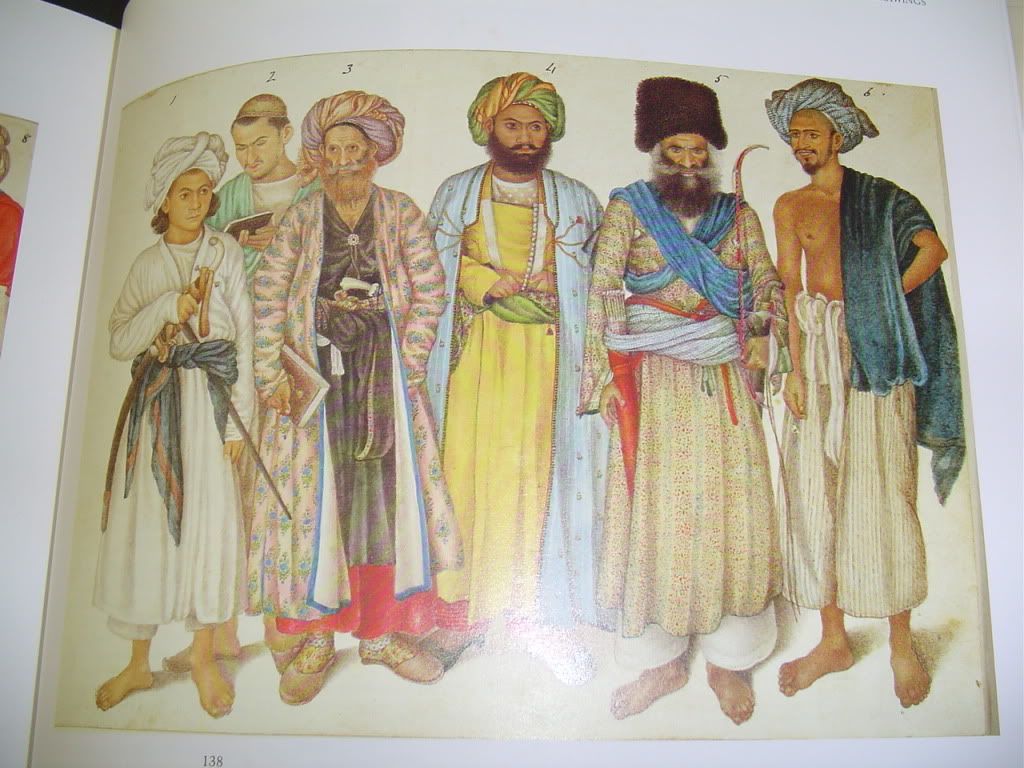The key to all of this is the right mix of figures. In 15mm for other 'irregular' forces I've used figures from 6 or more manufacturers, some good, some indifferent. Obviously aesthetics are more important in the larger scale but you can do that even with ok figures as long as the poses work well together. I've seen some excellent results achieved over the years with what we would today consider indifferently cast models, simply by using a little imagination in the arrangement. Even with the same casting, the old tricks of altering pose slightly, head swaps, colour variations all go towards that 'irregular' look. You can achieve a more clannish look by organising or basing figures with similar turban styles etc. together. Do some research and find out the tribal differences. Many figures are either based on specific illustrations or photos but marketed as generic 'Pathans'. If you find a 'clump' of source material based on a specific campaign, by digging a little deeper you can often unearth some excellent material.
Also read around the subject. There are some almost photographic quality watercolour studies of Afghans by Scottish artists James and William Fraser. Although done in the early 1800's they show the colours and patterns of textiles worn in remarkable detail. There are many surprising colours used as well. All excellent source material for all you Lead Adventurers out there
India Revealed; The Art and Adventures of James and William Fraser 1801-35, Mildred Archer & Toby Falk, Cassell, London, 1989
I'm sure the publisher's wouldn't mind me taking this snap just to publicise this excellent work. Here's just one example showing the Simkin/Osprey format has been around a lot longer than you might think
